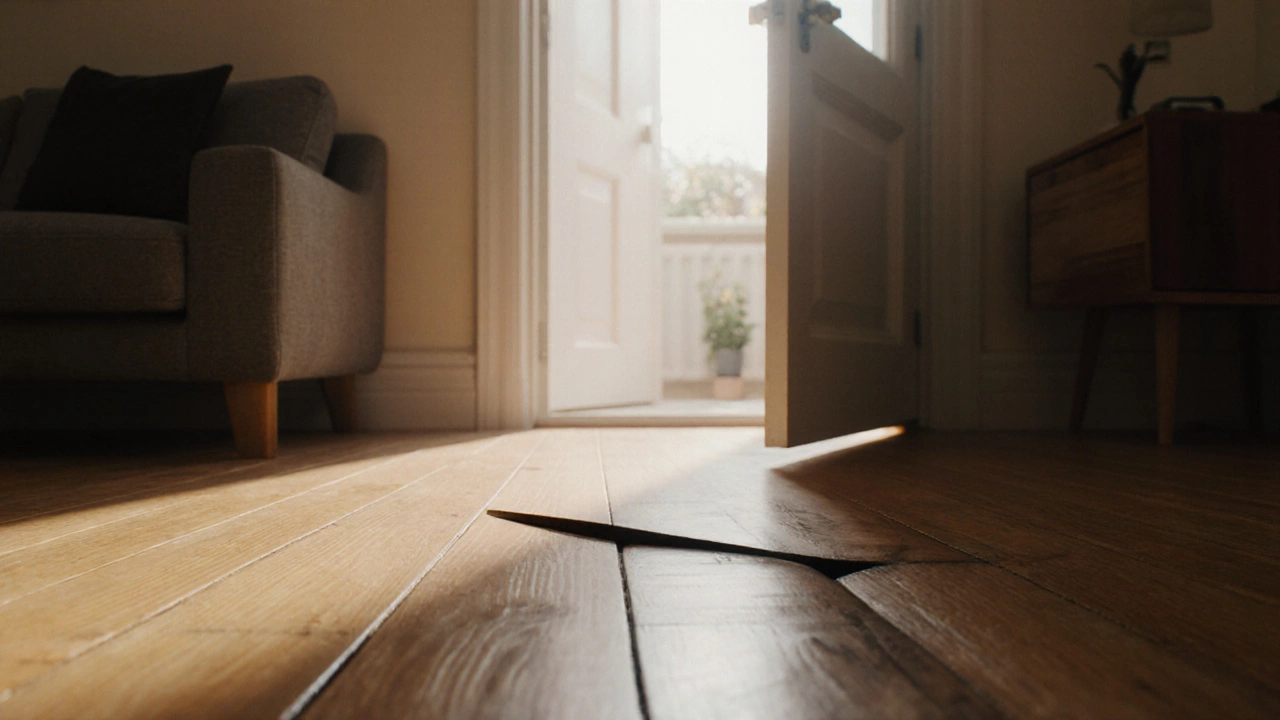Home Insurance Coverage: A Practical Guide for UK Homeowners
When dealing with home insurance coverage, the protection you buy for your house against damage, loss, and liability. Also known as homeowner’s insurance, it sets the financial safety net for your property. Understanding what’s inside a policy helps you avoid unpleasant surprises when you need to claim.
Key Things to Know About Home Insurance Coverage
Every insurance policy, the contract that defines covered perils, exclusions, and claim procedures is built on two pillars: what risks are insured and how you prove a loss. In the UK, most policies cover fire, theft, water damage, and personal liability, but they often exclude structural problems like foundation cracks unless you add specific extensions. Knowing the exact wording of your policy saves you time and money when filing a claim.
One common gap is protection for foundation issues, problems such as cracks, settlement, or movement in the base of a house. Standard policies usually treat these as “wear and tear” and refuse payment. However, many insurers offer a separate endorsement that covers foundation failures caused by external factors like soil movement. Adding this rider can be a game‑changer if you live on clay soil or near old mine shafts.
Closely linked to foundations is the risk of subsidence, the gradual sinking of the ground that can crack walls and floors. While some policies automatically include basic subsidence protection, others limit payouts or require higher premiums. Assessing your property’s history and local geology helps you decide whether to boost your coverage with a dedicated subsidence add‑on.
For the average UK homeowner, someone who owns and lives in a house across England, Scotland, Wales or Northern Ireland, the biggest challenge is matching the policy to real‑life hazards. A good approach is to list the most likely threats—fire, flood, burglary, and structural movement—and then compare how each insurer handles those items. Look for clear definitions of “accidental damage” and “sudden and accidental” events, because those terms dictate claim eligibility.
Beyond individual risks, consider your overall property insurance, the broader category covering buildings, contents, and liability needs. Bundling home and contents insurance often reduces premiums, but make sure the combined policy still respects the limits you need for high‑value items like jewelry or electronics. Also, keep an updated inventory; insurers frequently ask for proof of ownership when processing claims.
Armed with this overview, you’ll be able to scan the articles below and pick the pieces that match your situation—whether you’re hunting for ways to add foundation protection, comparing policy exclusions, or learning how to document a claim efficiently. Dive in for actionable tips and clear explanations that will help you get the most out of your home insurance coverage.

